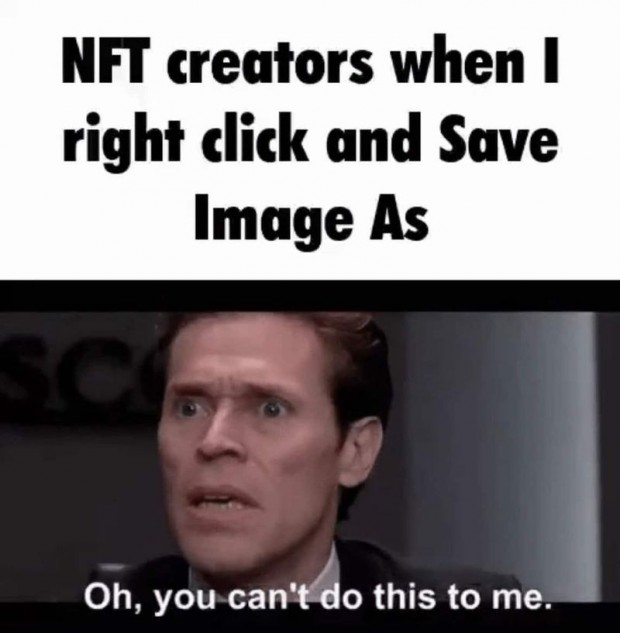NFT memes have been around since the early days of cryptocurrency. They’ve evolved over the past few years into something much bigger and better. From hilarious NFT memes to ridiculous NFT videos, there’s plenty of NFT content out there to keep us entertained. We scoured the web looking for the best NFT memes, GIFs, and funny NFT content. Here are 35 NFT memes that’ll make you laugh today.
1. “I’m Not A Crypto Dad.”
2. “My First NFT.”
3. “The Most Hilarious NFT Meme Ever!”
4. “This Is What Happened When I Minted My Own NFT.”
5. “I Lost $50 On This Trade And Now I Have To Pay Taxes On It.”
6. “I Was Scammed By These Guys Selling Fake NFTs.”

About NFT Memes
NFTs aren’t just about fun and games anymore. They’ve become a way to express yourself. And there are plenty of ways to do that.
You could buy a physical item. You could use a virtual currency. Or you could put together a collection of digital items into what is called an “NFT.”
But while those options exist, nothing beats the power of a meme. After all, why pay $100 for a piece of art when you can spend less than $1 on a funny picture?
And now, thanks to the blockchain technology behind cryptocurrencies, you can even make money off of your favorite memes.
Me explaining NFTs to my family
The Right Click Save memes have been around since the beginning of the industry. In fact, many of us remember the very first posts we saw on Reddit, Facebook, and Twitter. Some of us even had our first real experience with NFTs in 2016. But what does the phrase mean? Why do people say it? And why do some people find it offensive?
I’ve seen a lot of theories floating around as to how the phrase came into being, including one that suggests it began as a joke among early adopters of NFTs. However, the most likely explanation is that it actually originated as a way to describe the process of saving digital assets, such as NFTs, on the blockchain. After all, right clicking on a file allows you to open it in another application, whereas saving it means storing it somewhere else. Of course, this doesn’t really make sense because you wouldn’t want to store files on a blockchain anyway. So, it makes sense that people would begin to use the term “right-click save” to refer to saving things on the blockchain.
However, while the phrase may seem simple enough, it’s actually quite complicated. This is especially true if you consider the fact that the word “save” has multiple meanings depending on context. For example, you might be able to save someone from drowning by pulling them out of the water. But you also might be able to save a document or photo on your computer.
So, when people talk about “saving” their cryptoassets using the blockchain, they’re not necessarily talking about saving them in the traditional sense. Instead, they’re referring to the act of creating a permanent record of ownership on the blockchain.
If you remember this you’re an NFT boomer.
The Internet is full of memes about Generation Z, those born since 1995. From “Gen Z is just like us!” to “I’m Gen Z, what are you?” Here are some things we’ve learned about the generation.
1. They know how to use Snapchat.
2. They love video games.
3. They don’t care about social media.
4. They think it’s weird that people still talk to each other face-to-face.
5. They want to work for companies that value creativity.
6. They don’t mind being paid less than millennials.
Self-targeting NFT Community Memes
The NFT community has been around since 2013, but it wasn’t until 2017 when things really took off. At the time, there were just over 2,000 unique addresses registered under the ERC721 standard. Now, there are over 5 million unique addresses, according to CoinMarketCap.
In fact, the number of unique addresses in the Ethereum blockchain increased by almost 700% in 2018 alone. In January, there were approximately 4,000 unique addresses; today, there are over 17,000 unique addresses.
That’s impressive growth, but it doesn’t necessarily mean anything good for the industry. After all, we know how quickly the cryptocurrency market can change direction. So what does that mean for the future of the NFT industry?
Well, it means that the NFT community is growing fast, and it’s likely that the majority of those 5 million addresses are owned by individuals rather than businesses. But even though there are millions of individual owners, many of them don’t understand the technology behind NFTs. They see the value in owning something digital, but they don’t understand how the underlying technology works.




